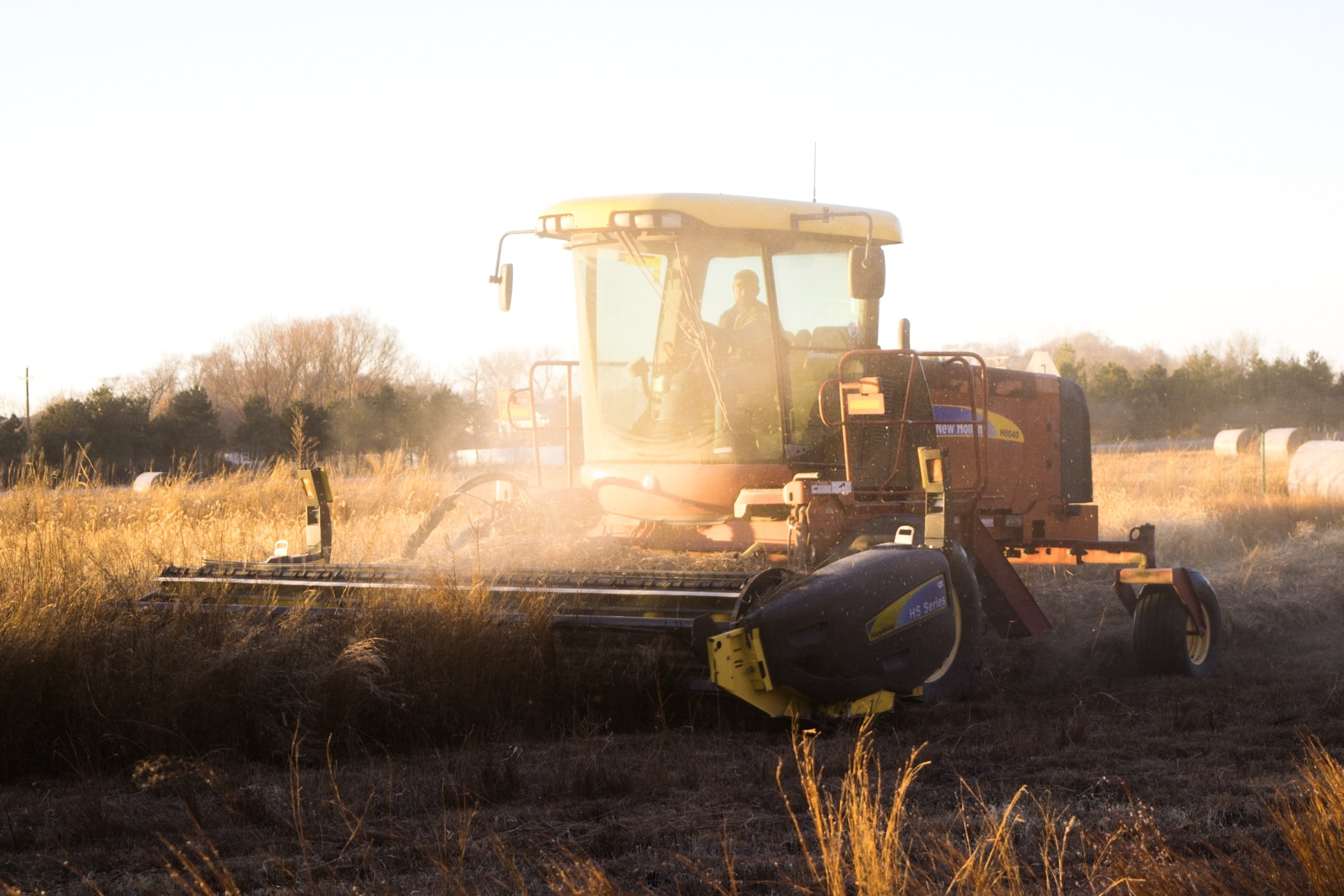Land tenure system in British India

Land tenure is the system of land ownership and management.
Land System in India related to:
Who owns the land? Who cultivates the land? Who is responsible for paying the land taxes to the government?
There were three types land tenure systems that existed in India before Independence. They are: Zamindari System, Mahalwari System, Ryotwari System
Zamindari System or the Land lord-Tenant System
Landlord Tenant or Zamindari system was created by the British East India Company in 1793 by Lord Cornwallis by the Permanent Settlement Act.
Under the Zamindari System, the Zamindar was declared as the owners of the land and were responsible to pay the land revenue to the government.
The share of the government was fixed at 10/11th, the balance going to the Zamindars as remuneration.
Mahalwari System or Communal System of Farming
The ownership of the land was maintained by the collective body usually the villagers which served as a unit of management.
They distributed land among the peasant and collected revenue from them and pay it to the government.
It was extended to Punjab and Madhya Pradesh
Ryotwari System or the Owner-Cultivator System
Ryotwari System was initially introduced in Tamil Nadu and extended to Maharashtra, Gujarat, Assam, Coorg, East Punjab, and Madya Pradesh.
Under this system, the ownership rights of use and control of land were held by the tiller himself.
The was a direct relationship between the owner of the land and the government.
This system was the least oppressive system before Independence.
Land Reforms
It is policy-induced changes relating to the ownership, tenancy, and management of land. Land reforms were primarily meant for the rural.
The objective of Land Reforms are as follows:
Restructuring of agrarian relations to achieving egalitarian social structure, Elimination of exploitation in land relations, Actualization of the goal of ‘land to the tiller’, Improvement of socio-economic conditions of the rural poor by widening their land base.
Increasing agricultural production and productivity, Providing land-based development of rural poor, Infusion of a greater measure of equality in local institutions.
Land reform measures in India

The land reforms programme in India has been done through three methods:
Voluntary adoption is facilitated by incentives provided by the state through measures like cooperative farming and consolidating of holdings.
Voluntary adoption supplemented by statutory compulsion made possible by the using legislation as in the case of consolidation of holdings.
Compulsion exercised through different legislative measures as the abolition of intermediaries, tenancy reforms, the ceiling on holdings, etc.
